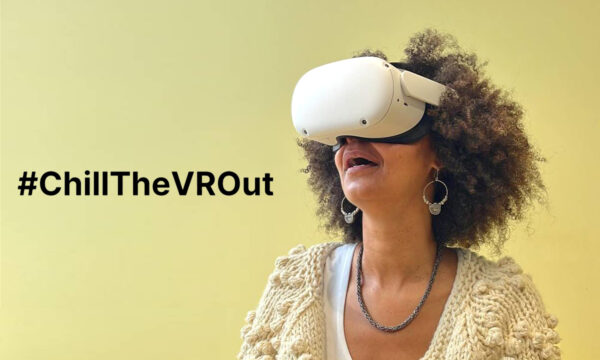Technology fuels and amplifies people’s morbid attraction to tragedies

People are instinctively drawn to human tragedy. Many of us read about it in books or newspapers, or head to the cinema, popcorn underarm, and watch from the comfort of an armchair as it appears as an onscreen spectacle.
However, more often than not, it is to real human tragedy that we turn to satisfy our morbid curiosity. Today, thanks to the internet and its associated technologies, there is an abundance of readily available, real-life material from which to choose.
When film and TV won’t suffice, and our own analogue lives fail to sate our appetite for death and disaster, we can have faith that when tragedy strikes elsewhere in the world, someone will be on hand to record it and keep the rest of us up to speed.
Consider, for example, the recent crash of TransAsia Airways flight GE235 in Taiwan. Amateur footage of the crash, captured by the dash cam of a passing car, soon appeared on Twitter showing the plane as it fell from the sky, clipping its left wing on the bridge ahead and then crashing into the river below, killing at least 40 people.
The world’s media wasted no time in appropriating the video to support their own reports of the crash, and since then, further images of the disaster have emerged courtesy of other dash cams or nearby CCTV cameras, proving equally as popular.
Whereas capturing such footage would once have been rare and serendipitous, the current proliferation of video-enabled devices means that we are now more likely than ever to stumble upon such scenes.
As exemplified by the video of flight GE235, social media provides the perfect platform for amateur footage to gain notoriety and infiltrate mainstream media. Sites like Twitter, Facebook and Instagram, driven by an ethos of openness and sharing, deliberately design their sites so that users can find and rebroadcast popular material with the utmost ease. In the grand social media supermarket, no shelf is ever too high or too full, and nothing costs a penny.
The ubiquity of smart mobile devices plays a significant role in enabling and popularising video sharing on social media sites. In Facebook’s most recent financial report, the company boasted that of its 1.39 billion monthly users, 745 million had accessed Facebook on a daily basis via their mobile devices.
With this amount of people connected 24/7, the capacity to record and upload footage of disasters as they unfold in real-time, as well as our propensity to seek out and share such footage, is enormous. In this way, the technology that most significantly impacts upon our daily lives is sustaining our morbid curiosity for human tragedy.
Such human attraction to all things ghoulish isn’t new, indeed most painters and artists have used it extensively to depict dark emotions in their art. The Black paintings by Spanish artist Francisco de Goya, the screeching triptychs of Francis Bacon, or the blood-and-guts-fuelled contemporary artworks of Marc Quinn Damien Hirst, all demonstrate the attraction of artists towards tragedy and depravity.
As technology developed, so did our love for gore – a love which the film industry catered for. Films have spawned some of the most gruesome and morbid scenes available to view and the popularity of such films has engendered entire genres dedicated to satisfying cravings for stomach-turning violence. Likewise, video games developers often employ violence-infused storylines or scenarios as a method of attracting gamers to their products.
But the important difference between the graphic works of fiction we see in art galleries, cinemas or via games consoles and the images we see littered across social media sites and in the press is that one is purely fiction, devised for the purposes of entertainment, and that other is real, intended to inform and elicit concern.
The inherent risk of viewing images of human tragedy on the internet is that it can erase the important line that separates fact and fiction. We cannot wholly understand the reality of any human catastrophe when we view it via online media, within the perimeters of the screen of our mobile device or laptop, because when we do so we create an unbridgeable gap between ourselves and those whose lives have been devastated or taken entirely. As long as tragedy remains at a distance from us, our own safety can never be jeopardised.
Eoin O’Sullivan-Harris

























Facebook
Twitter
Instagram
YouTube
RSS